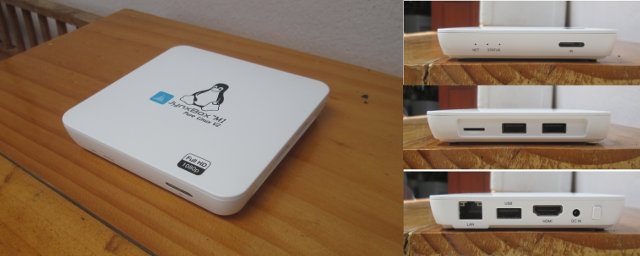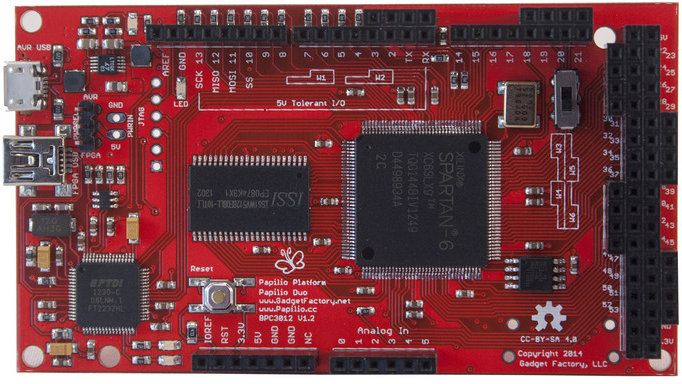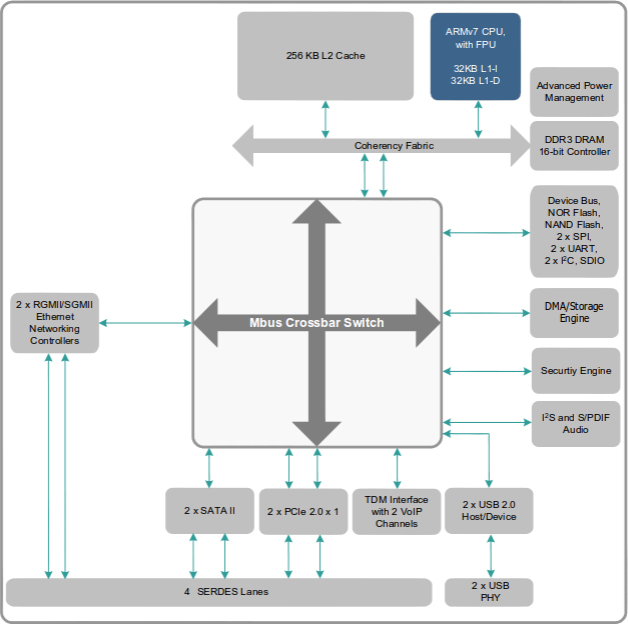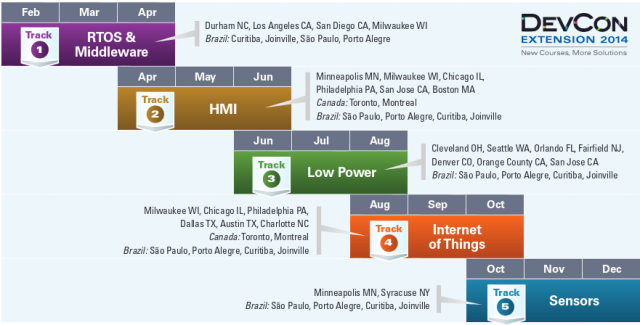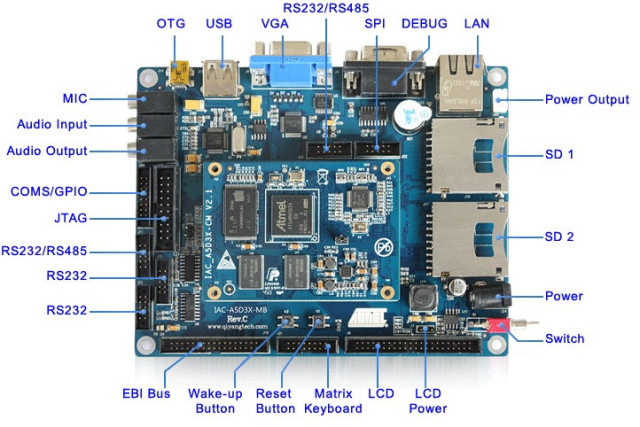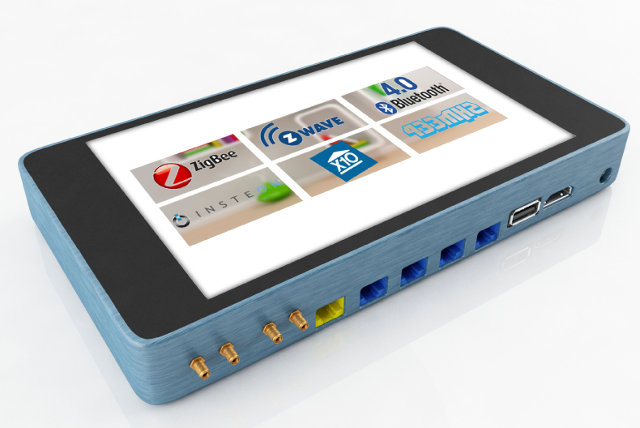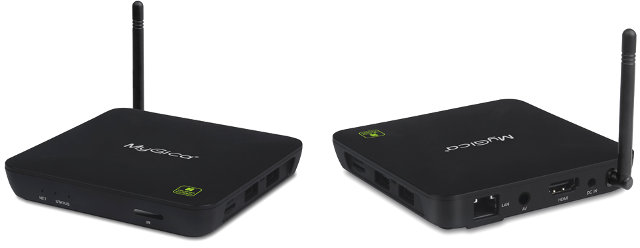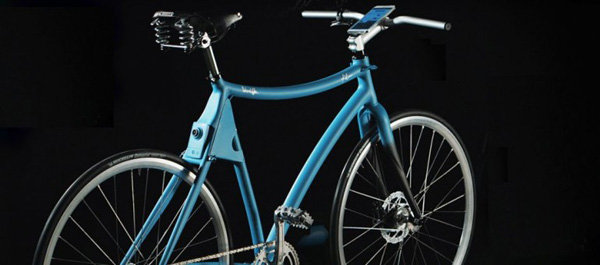When Theaterinabox sent me a Jynxbox M1V2 for review, I was a little surprised to actually receive two. The reason was that I got one for review, one for giveaway. But since I need to drive to the post office anyway, I’ll just giveaway both, and actually start a giveaway week giving 8 different boxes to my readers starting today with the two Jynxbox M1V2, then one a day until Sunday. Let’s talk about the device a bit more. Jynxbox M1V2 is one of the few Linux based XBMC available on the market. It’s based on Amlogic AML8726-M3 Cortex A9 processor, with 1GB RAM and 2GB flash, with several XBMC add-ons pre-installed. You can read my review to get the detailed specs, and pictures. The conclusion of my testing was that the user interface was pretty smooth considering the low end processor, Wi-Fi was excellent, and I was pleasantly surprised […]
$88 Papilio DUO Arduino Compatible Board with a Xilinx FPGA Let You to Draw your Own Circuits
In a concept similar to Arduissimo, Papilio DUO is an Arduino compatible board with a Xilinx Spartan-6 FPGA, but it adds a real Atmel AVR MCU, and instead of going the Indiegogo route, the project has launched on Kickstarter, and already reached its $30,000 funding target with 13 days to go. Instead of writing VHDL code, a drag and drop graphical tool called DesignLab will help you build your own circuits more easily. Let’s go through the hardware specifications first: FPGA – Xilinx Spartan 6 LX9 FPGA System Memory – 512KB or 2MB ISSI IS61WV5128 SRAM Storage – 64Mbit Macronix MX25L6445 SPI Flash MCU – Atmel AVR ATmega32U4 (Same as Arduino Leonardo) USB – 1x micro USB port connected to the Atmel MCU, 1x mini USB port connect to the FPGA I/Os 54 I/O pins available via Arduino Mega headers 0-16 Digital Pins connected to FPGA and ATmega32U4 JTAG Power – High […]
Marvell Armada 370 Processor Datasheet Released, Mainline Linux Kernel Supported on Netgear ReadyNAS 102/104
Free Electrons has been working on porting several ARM SoC to the Linux kernel (mainline), including Marvell XP and 370 SoCs, and they’ve been informed by Marvell that the company finally released Marvell Armada 370 processor publicly without requiring NDA nor registration. Marvell Armada XP dual and quad core processors datasheet found in higher-end NAS and cloud servers has not been released (yet), but we’ve been told many peripheral blocks are very similar, so Marvell Armada 370 datasheet can also be used for Armada XP processors to some extend. Two documents have actually been released for Marvell Armada 370: the functional specification and the hardware specification (datasheet). The first document is actually the one with the most information with 1148 pages providing details about peripherals, against 164 pages for the latter providing details about pins and electrical characteristics. So we’ve got an ARM SoC with mainline kernel support, and decent […]
Renesas DevCon Extension Organizes Free One-Day Courses About IoT, Low Power, Sensors and More
I’ve just come across a YouTube video called Ultra-Low-Power Solutions for Wearable Technology and the ‘Internet of Things’ On Renesas channel. The video itself promotes Cymbet EnerChip Solid State Batteries and Kits, working together with Renesas MCUs, and the interesting part is that they’ll provide a free training session for the kit as part of Renesas Devcon Extension 2014. This is not a single event as you may think, but instead the company hosts one-day workshops in various cities in the US and Brazil covering various tracks all year long, as you can see in the simplified schedule below. RTOS & Middleware track is not available anymore, but you can still attend training sessions for Human Machine Interfaces, Low Power designs, the Internet of Things and Sensors. As an example, the following lectures are available for the Low Power track: Renesas Low-Power MCU Lineup (30 minutes) – Updated technology roadmap […]
Qiyang Technology ARM Development Boards Based on Atmel SAMA5D3, TI Sitara AM335x and Freescale i.MX6 SoCs
Hangzhou Qiyang Technology (杭州启扬智能科技有限公司) is a company based in Hangzhou, China, that provides embedded hardware solutions such as low power development boards and computer-on-modules. I’ve recently come across the company, and they have boards for various ARM based SoCs, but I’ve received details about three of their latest industrial development boards powered by Atmel SAMA5D3 Cortex A5 processor, Texas Instruments Sitara AM335x Cortex A8 SoC, and Freescale i.MX6 single and multi-core ARM Cortex A9 SoCs. Let’s have a look. Qiyang QY-A5D3XEK – Atmel SAMA5D3 Development Board The development kit is comprised of a base board (IAC-A5D3X-MB) and a computer-on-module (ICA-A5D3X_CM) with the following hardware specifications: Processor – Atmel SAMA5D3 ARM Cortex A5 @ 536 MHz (Either SAMA5D31, SAMA5D33, SAMA5D34 or SAMA5D35) System Memory – 256 MB DDR2 @ 333 MHz Storage – 256MB NAND flash + 2MB dataflash on CoM, 2x SD card slot on baseboard Video Output – VGA, […]
Soap is a Touchscreen Enabled Router Supporting Gigabit Ethernet and Lots of Wireless Standards (Crowdfunding)
Soap is a strange creature, and I’m not convinced there are that many use cases for such hardware, but I find it interesting that the developers decided to pack a Freescale i.MX6 Solo/Dual or Quad SoC powered Android 4.4 tablet and a router supporting five Gigabit Etherner ports, as well as WiFI 802.11ac, Wi-0Fi 802.11 b/g/n, Zigbee, Z-wave, Bluetooth 4.0 (BLE), Insteon RF, X10, 433Mhz, NFC, and infrared into one and only device which they call an “Intelligent Home Management Hub”. It’s also complete with an HDMI output port so that you can use it as a media player. Let’s go through the specifications for the four version this little monster (Soap Solo, Soap Dual, Soap Quad, and Soap 8.4): SoC Soap Solo – Freescale i.MX6 Solo single ARM Cortex A9 @ 1 GHz with Vivante GC880 3D GPU Soap Dual – Freescale i.MX6 Dual dual ARM Cortex A9 @ […]
MyGica ATV582 Enjoy TV Box Powered by Amlogic S802 Is Now Available for $139
Geniatech has historically been the company which first delivered set-top box and media player solutions based on Amlogic processors. I’m not sure it’s still the case with Amlogic S802 and other S80x SoCs, as other companies appear to have released their products first such as Tronsmart Vega S89 and M8 Android TV boxes, but Geniatech ATV582 based on Amlogic S802 quad core processor has been available since April under the company’s retail brand Mygica. Mygica ATV582 specifications: SoC – AMLogic S802 quad core Cortex A9r4 processor @ 2GHz with Mali‐450MP6 GPU System Memory – 1GB DDR3 Storage – 8GB NAND flash + micro SD card slot Connectivity – 10/100M Ethernet, Wi‐Fi 802.11 b/g/n Video & Audio Output – HDMI, AV. HDMI supports 1080p, 4K2K 30fps Video Codecs and Containers – MPEG1/2/4, H.264, AVC, VC‐1, RM/RMVB, Xvid, DivX3/4/5/6, RealVideo8/9/10… Audio – MP3, WMA, AAC, WAV, OGG, AC3, DDP, TrueHD, DTS, DTS […]
Meet Samsung Smart Bike fitted with an Arduino, a Rear Camera, Lasers and More
Samsung Maestros Academy has introduced a Smart Bike prototype integrating various “smart” components within its aluminum frame, such as an Arduino board connected to a Wi-Fi + Bluetooth module, a battery, four laser projectors, and a digital camera controlled by a Samsung smartphone. The camera is fitted at the back just under the seat, and allows the riders to have a real-time rear view image on the phone. The four lasers are used to create a virtual bike lane in case a real one is missing, and remind other drivers to keep a safe distance to your bicycle. The bike can also detect ambient conditions using the smartphone sensors, and modify its behavior. For example, it can switch on or off the laser beams depending on the brightness sensor data from the smartphone. Each bike also tracks daily routes of the riders using GPS, and can let local authorities know where bicycle traffic is most intense, and […]


